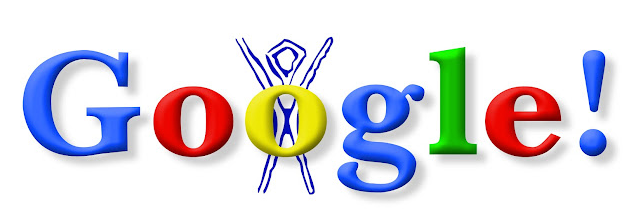A mean comment… a nasty remark… being subtly looked down upon… We have all experienced this. We also might have participated in nasty behaviour at some point in our lives. It’s a natural evil within us all to put someone down. Humans have a capacity to be nasty to each other, and this has been most apparent online.
I was closely following Elon Musk’s acquisition of Twitter and the challenges the company was facing during that time. The most contentious issue in the discourse was how Twitter was handling free speech and moderating its content. Elon Musk’s vision for the company was to create a digital town square where anyone on the political spectrum could make their voice heard without censorship.
Almost two years later, it seems Musk’s vision has turned the platform into an even worse cesspool than it originally was. Facing regulatory challenges and the departure of advertisers has proven that when humans interact socially in a digital space, they are bound to become increasingly nasty with one another.
Twitter exemplifies human online nastiness…
Monetising the nasty
An algorithm designed to probe people on what content keeps them on a platform the longest is not without consequences. We’ve seen how controversies draw massive public attention on these platforms, with the mob moving from one outrage to the next without much thought.
Sadly, this is the kind of content that engages people. We have allowed social media companies like Meta, Google, and Twitter to exploit human psychology for profit. They have created a pseudo-social environment, devoid of natural communication cues like eye contact and social signals, which inevitably makes us more aggressive and hostile toward one another.
Multiple realities; the Myth of filter bubbles
Filter bubbles are often cited to explain the increased polarization developing on social media. According to this explanation, people are only fed what they agree with, which makes it easier for radical ideas to spread because, within these filter bubbles, they seem normal due to a lack of contrasting ideas. Therefore if you encounter a person that doesn’t agree with you can seem odd as they must have had access to the same information you had.
But how true is this actually? When I thought about it I constantly get bombarded with differing opinions on a whole range of topics. It is in real-life where I’m actually the most ideologically isolated. The ideological bubble is more prevalent in our everyday lives than it is on social media, but then why does this not also result in polarisation? Real life interaction have much more nuance, when you hear a differing opinion from someone you usually have many commonalities, for example, you both are from the same city, you both like the same show or support the same football team, you don’t define the other person solely on their different opinion.
This is what happens on social media, people’s identity becomes defined by their differing opinions and put into separate camps, there is not sense of community that brings us together so the only thing we have is disagreement. No wonder polarisation is increasing.
What can be done?
In order to solve this problem we must devise a way to make social media mimic the real world. Our brain has not evolved for a clash of the masses but instead for small communal groups. This is not to say that there are no benefits, there is a massive opportunity to have such a huge outreach. With big opportunities come big threats, and we have obviously not learned how to deal with these new technological changes.



Recent Comments